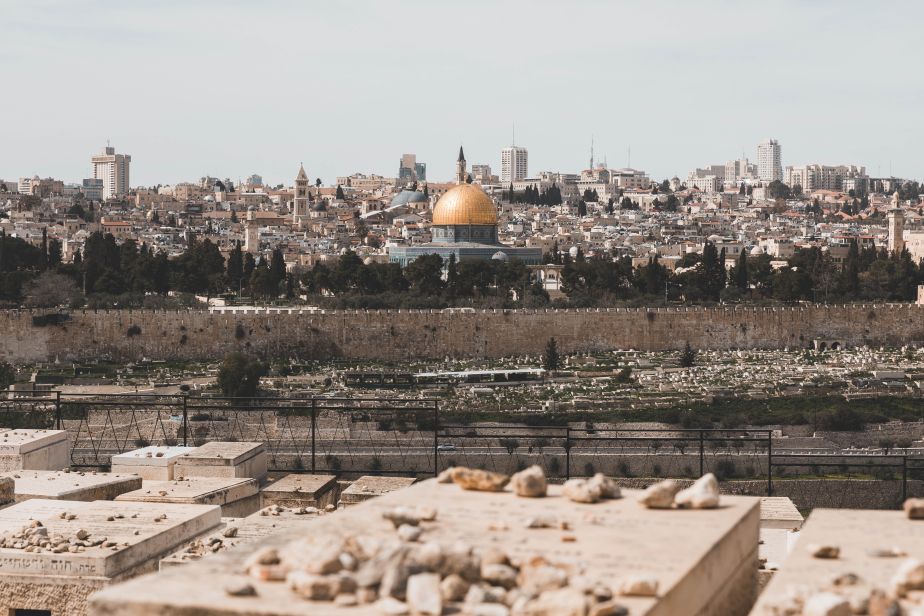Jerusalem in 1890

The population of the State of Israel is 9,506,000, the Central Bureau of Statistics (CBS) announced.
That includes nearly 7.02 million Jews, accounting for 73.9 percent of the population; 2 million Arabs, just over one-fifth of the population; and 478,000 members of other groups, amounting to 5% of the population.
In the past year, 191,000 babies were born, 55,000 people died, and 38,000 people immigrated to the country, according to CBS. A considerable percentage — roughly half — of the immigrants who have arrived in the past year are from Ukraine, Russia and surrounding areas. Most of them have arrived in recent months. The remaining 19,000 or so immigrants came from the United States, France, Belarus, Argentina, the United Kingdom, South Africa, Brazil, Ethiopia and Canada, among other countries. This was the largest number of new immigrants in 20 years.
Overall, the Israeli population increased by some 176,000 people, amounting to a 1.9% rise. This is considered a large rise in demographic terms.
In 1948 the population of Israel numbered 806,000 people.
Since then, 3.3 million people have immigrated to Israel, about 44.7% of them arriving since 1990. The population is expected to reach 11.1 million by 2030, and 13.2 million by 2040, CBS predicted. Israel's population is also young, the CBS said. 28% of the population is aged 0-14, and only 12% is aged 65 and over.
Many countries today are shrinking in population.
Jerusalem Chareidi Figures
Looking towards Har Habayis with the skyline in the background today

The Chareidi Institute for Civil Research presented a compilation of data surveying the chareidi population in the city, and its characteristics.
The study used data from many public bodies including the Taxation Authority; Ministry of Education; Population Listing and Listing of Scholarship.
There are 971,800 people living in Jerusalem, of which 300,000 are chareidi, comprising about 50% of the Jewish population, 31% of the total population and 24% of the chareidi population in Israel as a whole.
Chareidi employment stands at 57.3% (compared to the national average of 66.7%) as compared to the total employment percentage in the city which is 82.2%, with the overall nation average standing at 85.5%.
There are 110,000 chareidim from the ages of 25 and up.
An analysis of the chareidi population shows that almost half of it affiliates itself with Litaim-non Chassidic at 43%; Sephardim within the Lithuanian school network is a mere 5%. A third of the population associates itself with the Chassidic sector at 31%, a fifth is of Sephardic leaning at 19%, Chabad at 2%. A tenth of the Ashkenazic chareidim affiliate themselves with the Eida HaChareidis.
The presence of chareidim in Jerusalem neighborhoods is on the increase, such as: Ramot, with 73.7%; Ramat Eshkol at 74.6%; center of town and Mamila at 69.1%; Maalot Dafna at 81%; Neve Yaakov at 78.5%; Kiryat Yovel at 27.1%; Pisgat Zev at 12.8%; French Hill at 18.8%; Gilo at 14.6%; Katamon at 9.6% and Givat Mordechai at 27% chareidim.




